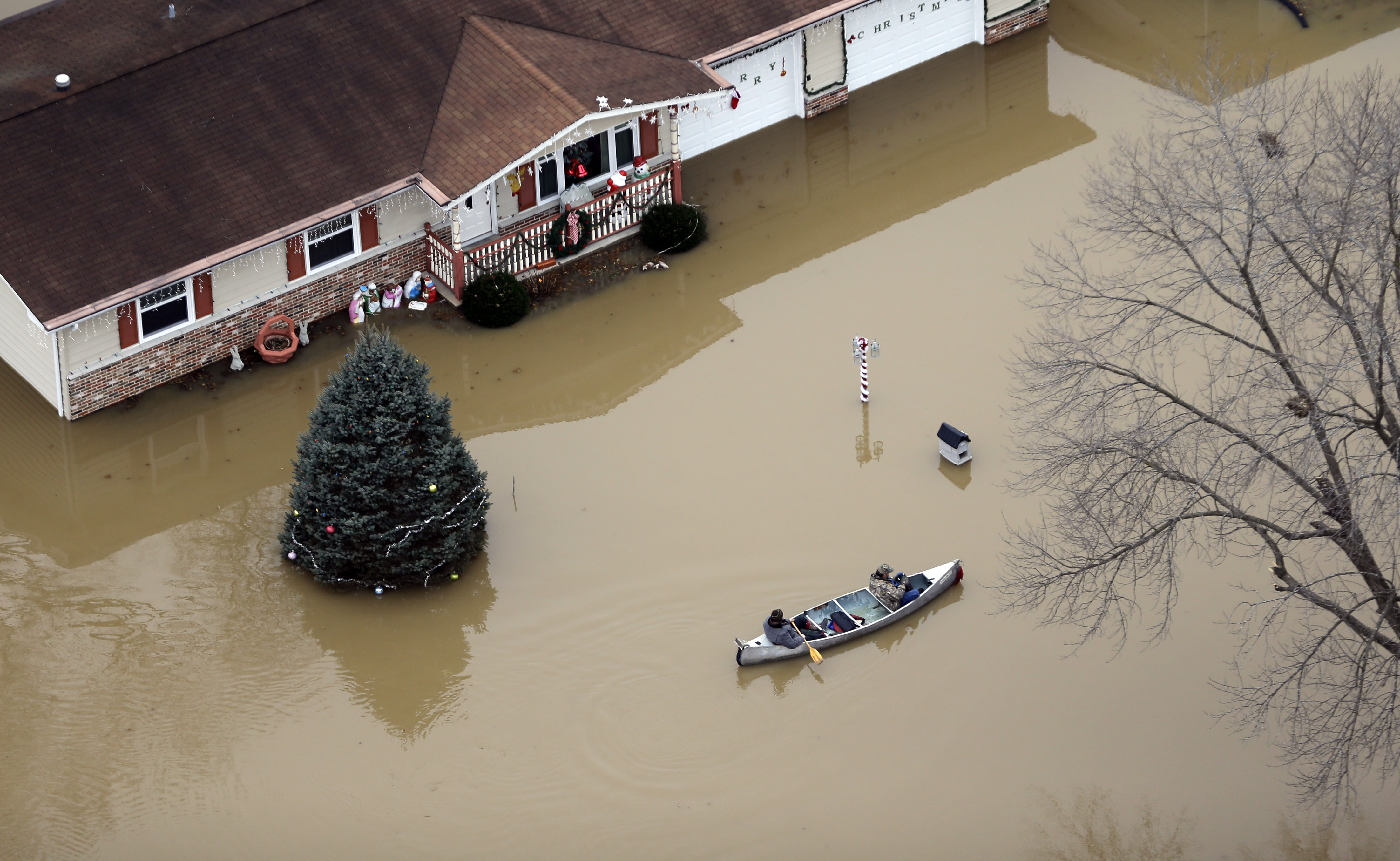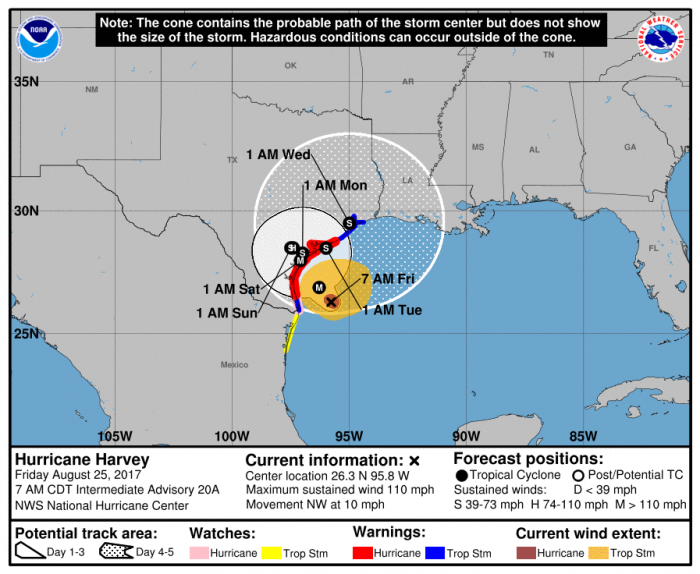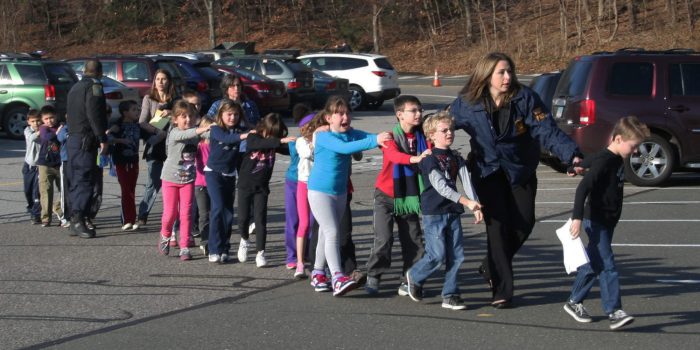Top 2016 Blogs Reflect Hope in Disaster Giving
All of us here at the Center for Disaster Philanthropy want to thank you for your encouragement, support, and inspiration this year. It has been an honor to serve you and we look forward to another year of partnership and accomplishment. During the holiday season, it can be hard to think about disasters. But then, […]

All of us here at the Center for Disaster Philanthropy want to thank you for your encouragement, support, and inspiration this year. It has been an honor to serve you and we look forward to another year of partnership and accomplishment.
During the holiday season, it can be hard to think about disasters. But then, to be honest, we’d rather not think about disasters any time—and so we usually don’t. Then one hits our community or wreaks stunning death and destruction somewhere around the world.

You might be surprised to learn that 2016 could set a record for the number of billion-dollar natural disasters in the United States. Part of your disbelief might be due to the fact that we again had below-average hurricane activity in both the Atlantic and Pacific basins. So when Hurricane Matthew became the first category 5 hurricane since 2007, you paid special notice to this blog on how to help: Hurricane Matthew: When, How, and Where to Give.
A more common pattern for natural disasters in 2016 was devastating flooding throughout the Midwest and South. Floods cause extensive damage—to people and property—that lasts for years. That may be why so many of you responded to our blog on Louisiana: Floods Do Not Flatter.
West Virginia was another state hit hard this year by those now all-too-common “thousand year floods.” President and CEO of Philanthropy West Virginia, Paul Daugherty provided us a poignant report on his home state and the tough road that lies ahead in: Don’t Forget West Virginia.
And tragically, some of our most damaging disasters, were man-made. You wanted to learn more about these events and how you could make a difference. These two blogs were also among our most read: Four Ways Funders Can Respond to Tragedy and Three Big Lessons from Flint.
Finally, our biggest take-away from 2016, is the sense that there is a growing movement among donors to learn more about effective, strategic disaster philanthropy. There’s an increased recognition of the need to be better prepared, which was reflected in the popularity of these three blogs in particular.
Through Good News, Disturbing News from State of Disaster Philanthropy, you took note of the vast imbalances in support between immediate relief and the full disaster life cycle. You celebrated the impact more than 300 donors had in providing funding for Nepal relief in The Difference 300 Donors Can Make. And you learned from an intimate dinner gathering in Chicago that answered the question, What’s a Donor to Do When Disaster Strikes?.
We look forward to working with you all in 2017 to continue to minimize the impact of disasters on vulnerable populations. Millions are counting on us.
More like this

Hurricane Harvey: When, How, and Where to Give

